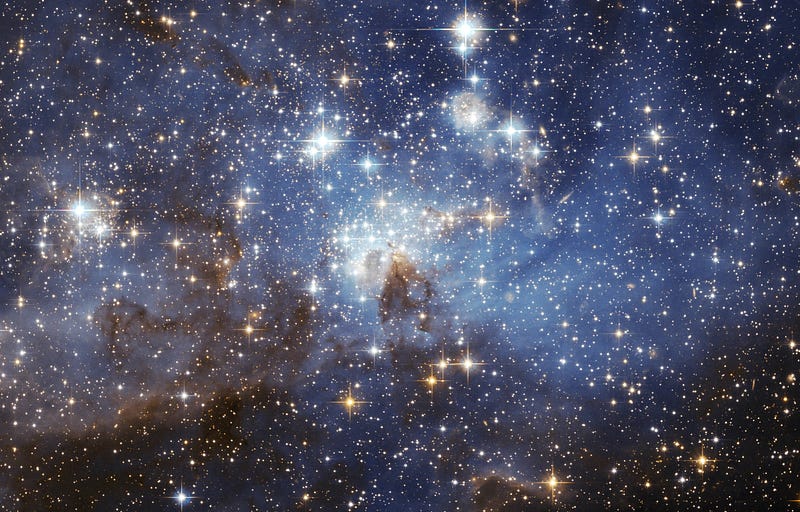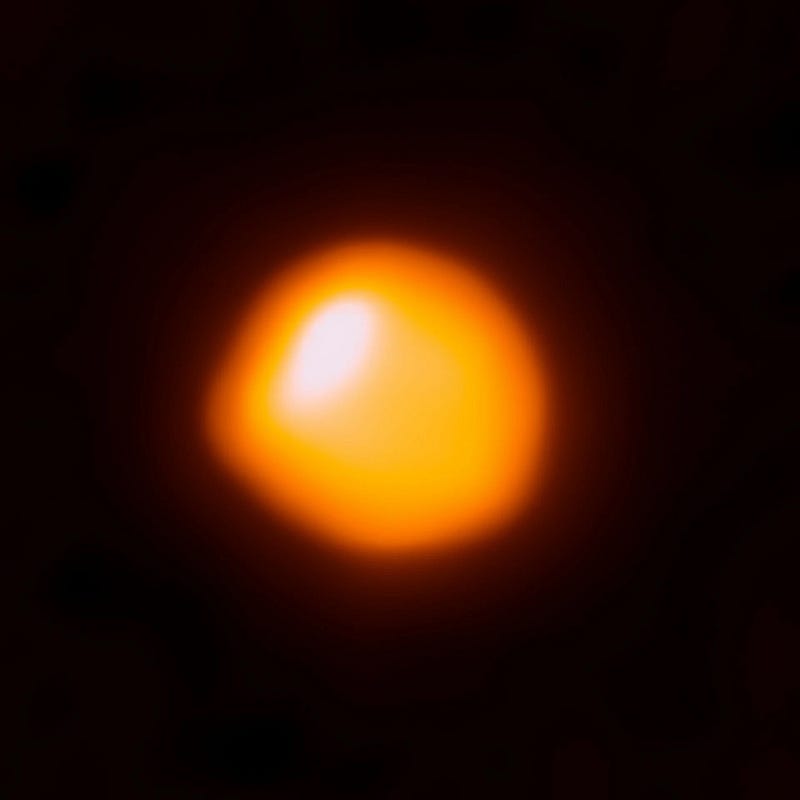Exploring the Truth Behind the Stars We Observe
Written on
Chapter 1: The Stars We See
Is it a fact that the stars visible to us have already faded into oblivion? The light from a distant star can still reach us long after it has extinguished. This inquiry is commonly posed, yet it seems to have diminished in frequency recently. However, it has resurfaced:
"Hello! I came across information suggesting that most of the stars in our sky ceased to exist before the Earth came into being. Is that accurate?"
The idea that the majority of stars we observe have long since extinguished is a misconception. This myth stems from a misunderstanding of scientific data and has been propagated by numerous pseudoscientific platforms, Facebook publishers, and channels on Telegram and Dzen.

In reality, the naked eye can detect stars at an average distance of around 2,000 light-years. This means we see them as they appeared 2,000 years ago, or less if they are closer. Any star situated further than 2,000 light-years is not visible to us without the aid of telescopes. Among the stars we can see, there are some that are nearing the end of their life cycles, and while they may have already perished, it was not before the Earth’s formation but rather more recently.

For instance, the red giant Betelgeuse, located approximately 700 light-years away from Earth, is a potential candidate for an imminent supernova. Source: ALMA/nasa.gov
This misunderstanding often arises because telescopes allow us to view stars billions of light-years away, many of which have indeed long since died out; however, new stars have formed in their places. Our planet is about 4.5 billion years old, and while there are distant galaxies at the fringes of the observable universe, many of their stars exploded before the Earth was formed. Nevertheless, these stars are not visible to the naked eye in the night sky.
It is likely that someone misinterpreted this information, leading to the spread of the false belief that the stars we see in the sky have already died out.
In the video titled "Over 700 Trillion Stars Suddenly Disappeared, and Now Something Has Emerged!", viewers can delve deeper into the mysteries of stellar life cycles and cosmic phenomena.
Clap if you'd like to see more articles about space in your feed! Subscribe to our channel and feel free to pose your queries, which I will address in future articles. If you appreciate my work, consider supporting me by joining Medium for just $5 a month, which will help us produce even better content.
Chapter 2: Visibility of Stars
The second video, "Why No One Can See the Stars Anymore," discusses the reasons behind the diminishing visibility of stars in modern times and the factors affecting our perception of the night sky.